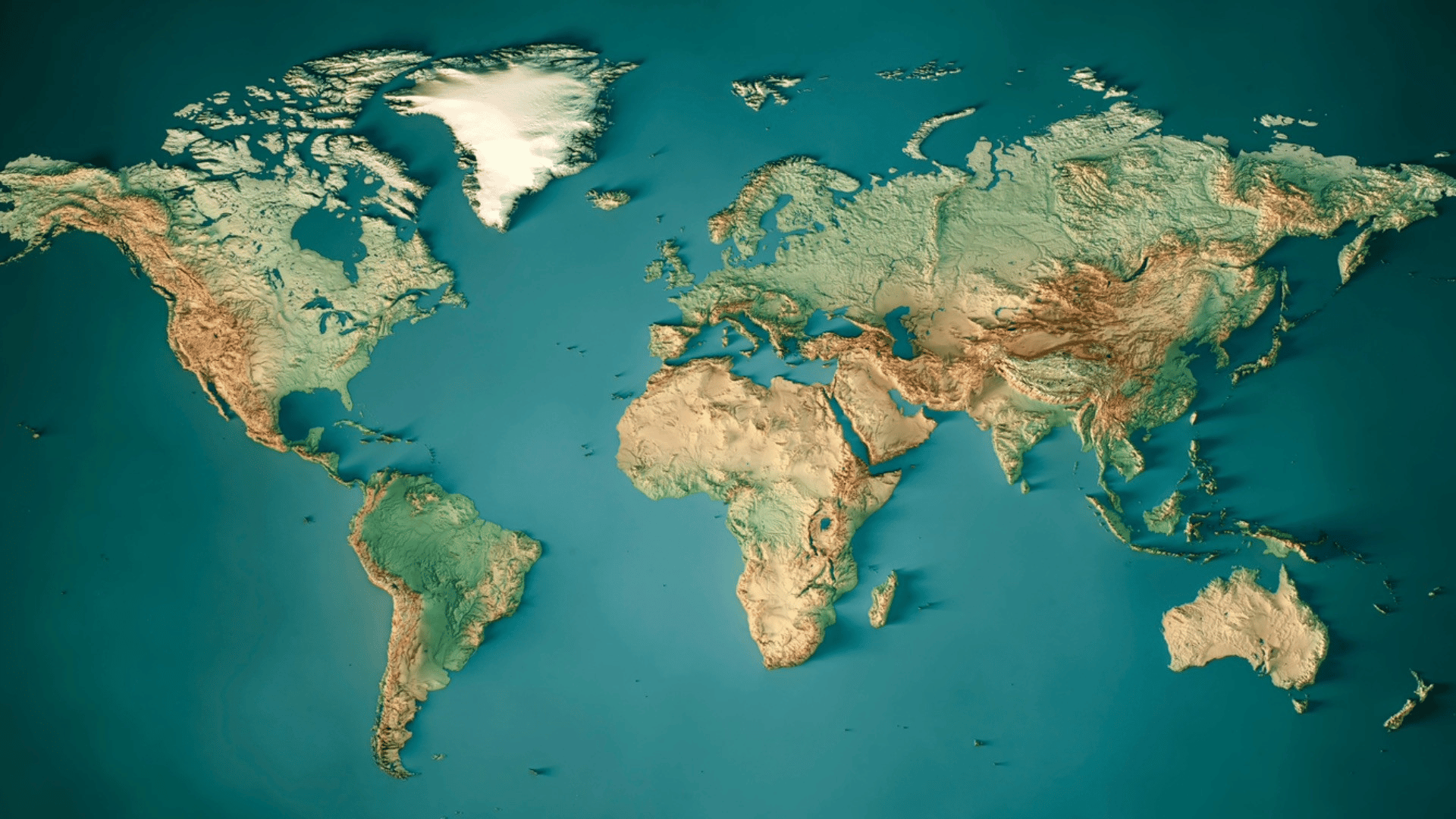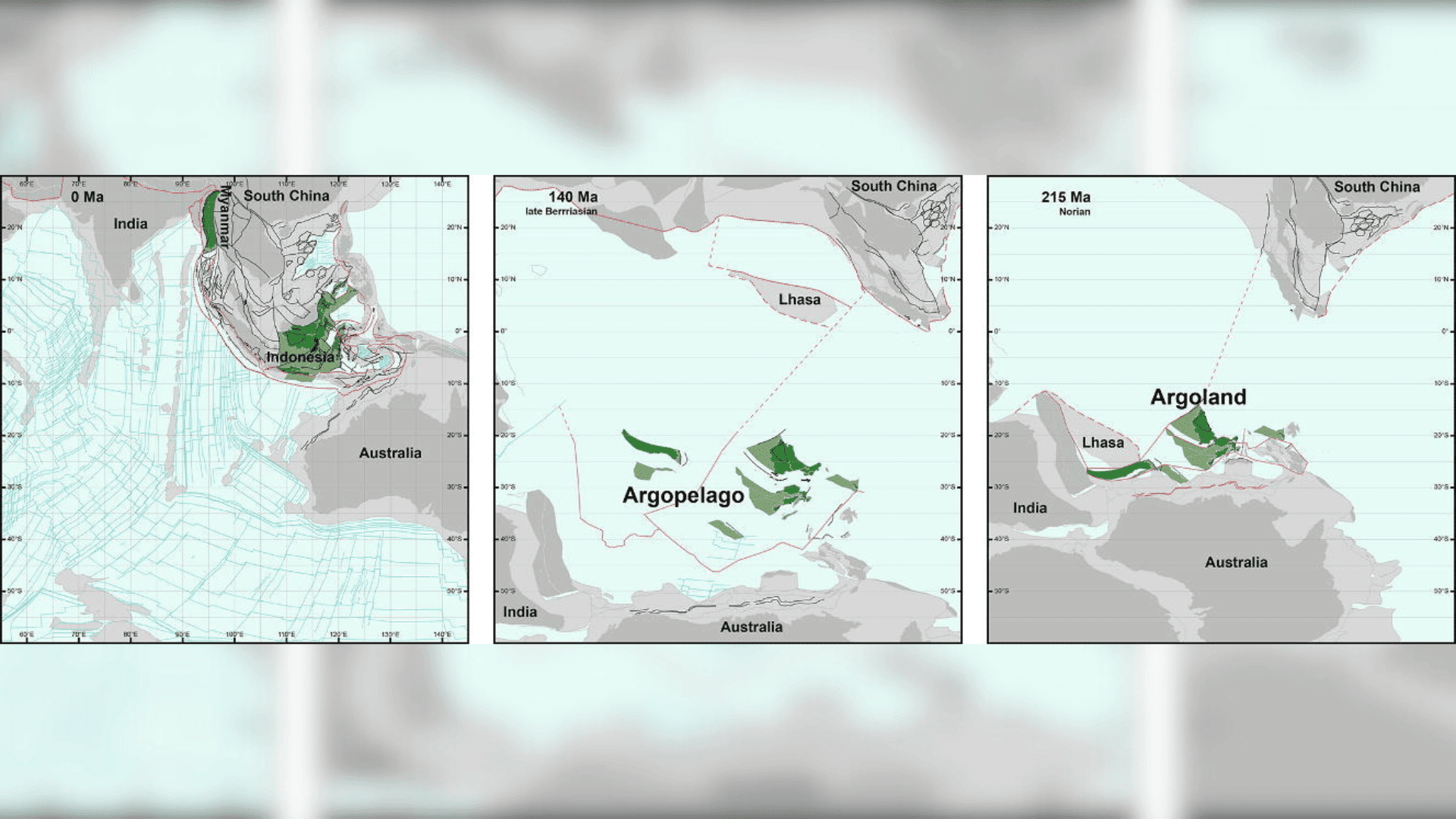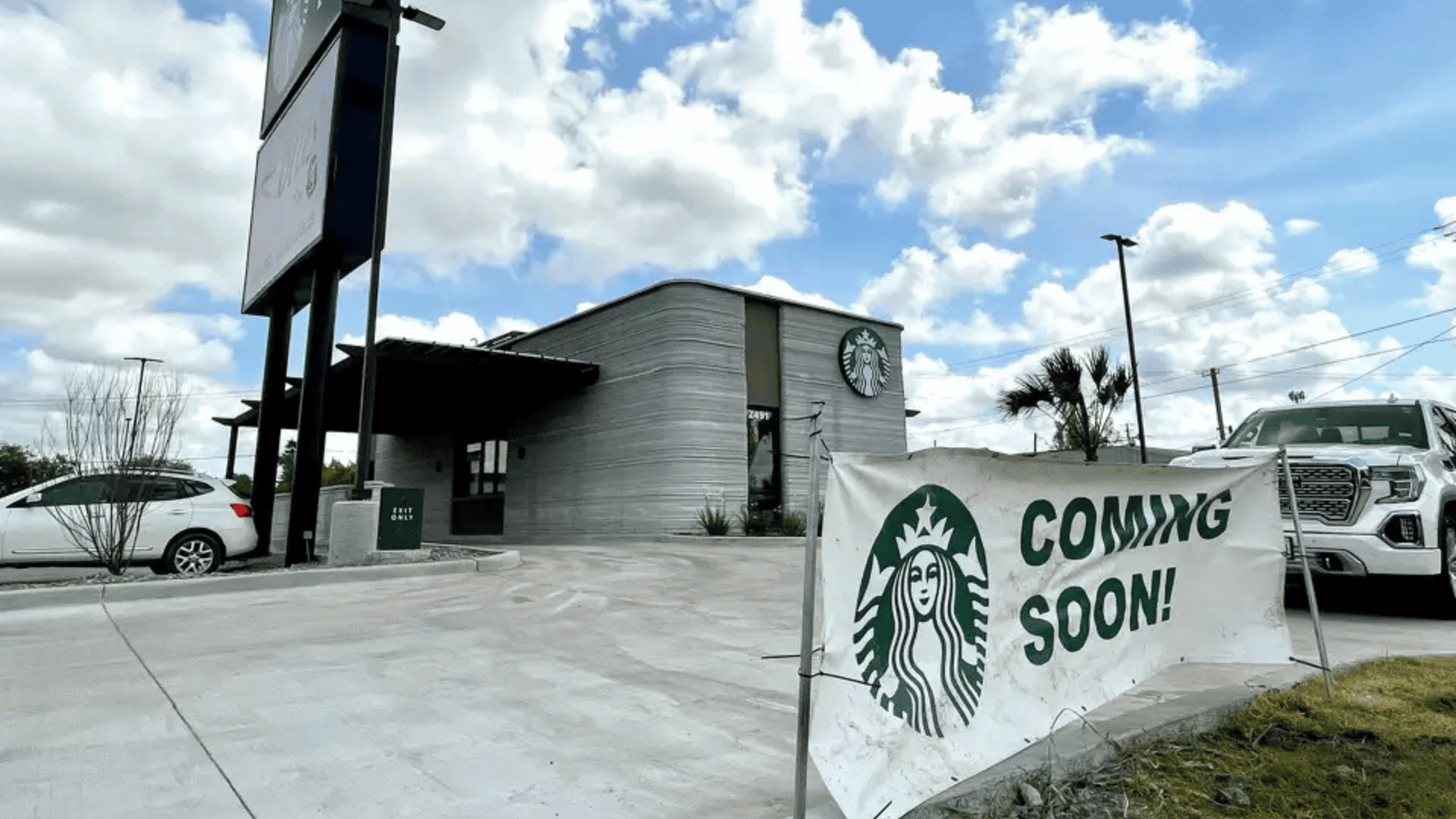According to a new study, a lost continent that broke off of Australia 155 million years ago and disappeared has finally been found.

When continent splits occur, they usually leave traces in ancient rocks, fossils, and mountain ranges. Scientists have been unable to find where this missing continent, Argoland, disappeared to until now.
Researchers at the Utrecht University in the Netherlands recently reported that they’ve uncovered the landmass hidden under the eastern islands of Southeast Asia. The new discovery may explain something known as the Wallace line, which is an invisible boundary that separates Southeast Asia and Australian fauna.
“We were literally dealing with islands of information, which is why our research took so long. We spent seven years putting the puzzle together,” said the study author Eldert Advokaat, a geologist at Utrecht University, in a press release.
In the search for what happened to Argoland, scientists have found bits of “ribbon continents” around Southeast Asia but could not piece them together. Then they began to theorize that Argoland may have actually started off as a series of continent fragments rather than one solid piece.
“The situation in Southeast Asia is very different from places like Africa and South America, where a continent broke neatly into two pieces,” Advokaat said in the press release.
“Argoland splintered into many different shards. That obstructed our view of the continent’s journey,” he said.

Using this hypothesis, the team of researchers discovered that Argoland hadn’t really disappeared, but rather survived as a “very extended and fragmented ensemble” under the islands to the east of Indonesia.
Due to the fact that Argoland was not one solid mass but rather a series of microcontinents separated by the ocean floor, Advokaat and his Utrecht University colleague Douwe van Hinsbergen coined a new term to define the Argoland by calling it an “Argopelago.”
“The structure of the seafloor shows that this continent must have drifted off to the northwest, and must have ended up where the islands of Southeast Asia are located today,” mentioned the release.
The new research may also lead to new insights regarding the mysterious Wallace line, which runs through the middle of Indonesia and separates birds, mammals, and early human species in the Southeast Asian islands. The barrier puzzles scientists because it starkly separates the island’s wildlife.
For example, to the west of the line are placental mammals such as tigers, elephants, and apes which are also found in Southeast Asia. These animals are almost absent from the east, however, which contains marsupials and cockatoos which are typically associated with Australia. Researchers have theorized that this may be because Argoland carried its own wildlife away from the future Australia before it crashed into Southeast Asia.
“Those reconstructions are vital for our understanding of processes like the evolution of biodiversity and climate, or for finding raw materials,” van Hinsbergen said.







